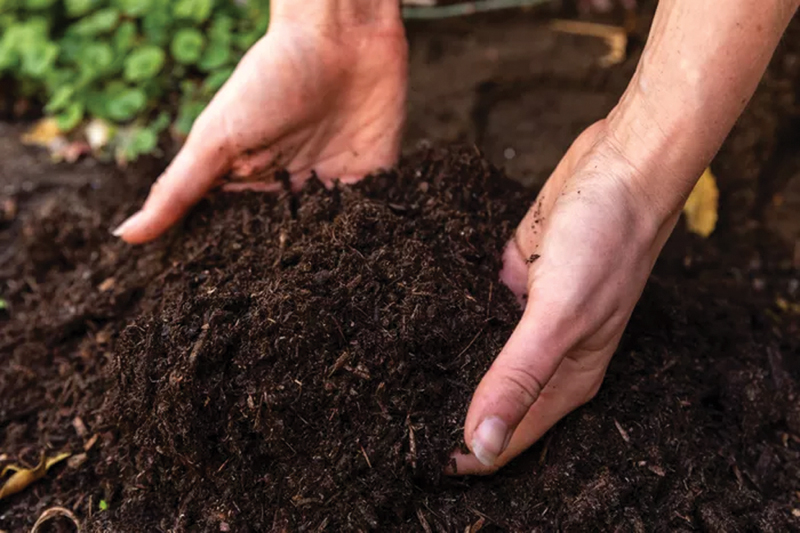Time to rescue your yard from heat damage

 CLAYTON, CA (Sept. 17, 2022) — Our gardens and landscapes need care in September, just as they do in the spring.
CLAYTON, CA (Sept. 17, 2022) — Our gardens and landscapes need care in September, just as they do in the spring.
We need to help our plants repair from the dry, hot, windy summer. Prune off crunchy leaves, fertilize, and apply mulch to bare areas of the landscape and on top of soil in containers.
Cool-season vegetables time is almost here, so think about your fall planting needs.
The length of the recent heat wave caused lots of foliage and blossom damage. Folks need to understand that it takes a plant more energy to drop off damaged leaves or blossoms than it does to create new growth.
Walk your landscape and assess your plants. Roses, salvia, geranium, rudbeckia and coneflower may need to be pruned to remove damaged leaves and flowers. Crape myrtle seeds can be deadheaded, and butterfly bushes may need to be cut back. Strip Japanese maple leaves from the stems; the trees know they are damaged and there’s still time to make a new leaf.
Feed them well
Next, you’ll need to fertilize your entire landscape. Let your plants know that you love them. We apply fish emulsion to the entire nursery when temperatures hover in the low 90s and high 80s. Fish emulsion is water-soluble. Apply early in the morning or toward evening at the bottom of plants to promote root health.
Fish emulsion is safe to use this time of year since the nitrogen portion of the formula is so light. If you do not have fish emulsion, fertilize with something water-soluble. Depending on the formula, use at half strength to ensure you do not burn your landscape.
Lawns will also need care this time of year. Keep them taller than during the summer and spread a premium soil conditioner a quarter-inch thick throughout the lawn. Fertilize once temperatures are back to a normal level. Always follow product directions for lawn food.
We are recommending that you fertilize, not use a weed-and-feed type product. Our temps are still too warm, so applying weed-and-feeds now will probably burn your lawn.
Mulch to save water
Cover up any bare dirt with mulch, bark or the top dressing of your choice. For underproductive landscapes, garden plants and containers, use a mulch mixed with chicken manure. This helps with moisture loss and boosts plants with a touch of nitrogen.
On slopes and hillsides, spread a shredded bark product. For long flat areas with mature trees or shrubs, use a chunkier type of bark.
It is almost time to plant fall and winter vegetable gardens. As your cucumbers, beans and squash plants tire, replace them with cool-season crops like broccoli, cauliflower, Brussels sprouts, lettuce, chard, beets, onions, garlic and fava beans. Amend your soil to replace nutrients used by your summer crops. Install while the soil is warm, from late September through mid-October.
Fall is the perfect time to put in foundation plants such as trees, shrubs and may other ornamentals. If replacing a lawn area or seeking low-water plant ideas, now is the time to ask questions and get your plan going.
Contact Nicole with questions or comments by email at gardengirl94517@yahoo.com

Nicole Hackett
Nicole is the Garden Girl at R&M Pool, Patio, Gifts and Garden. You can contact her with questions or comments by email at gardengirl94517@yahoo.com
